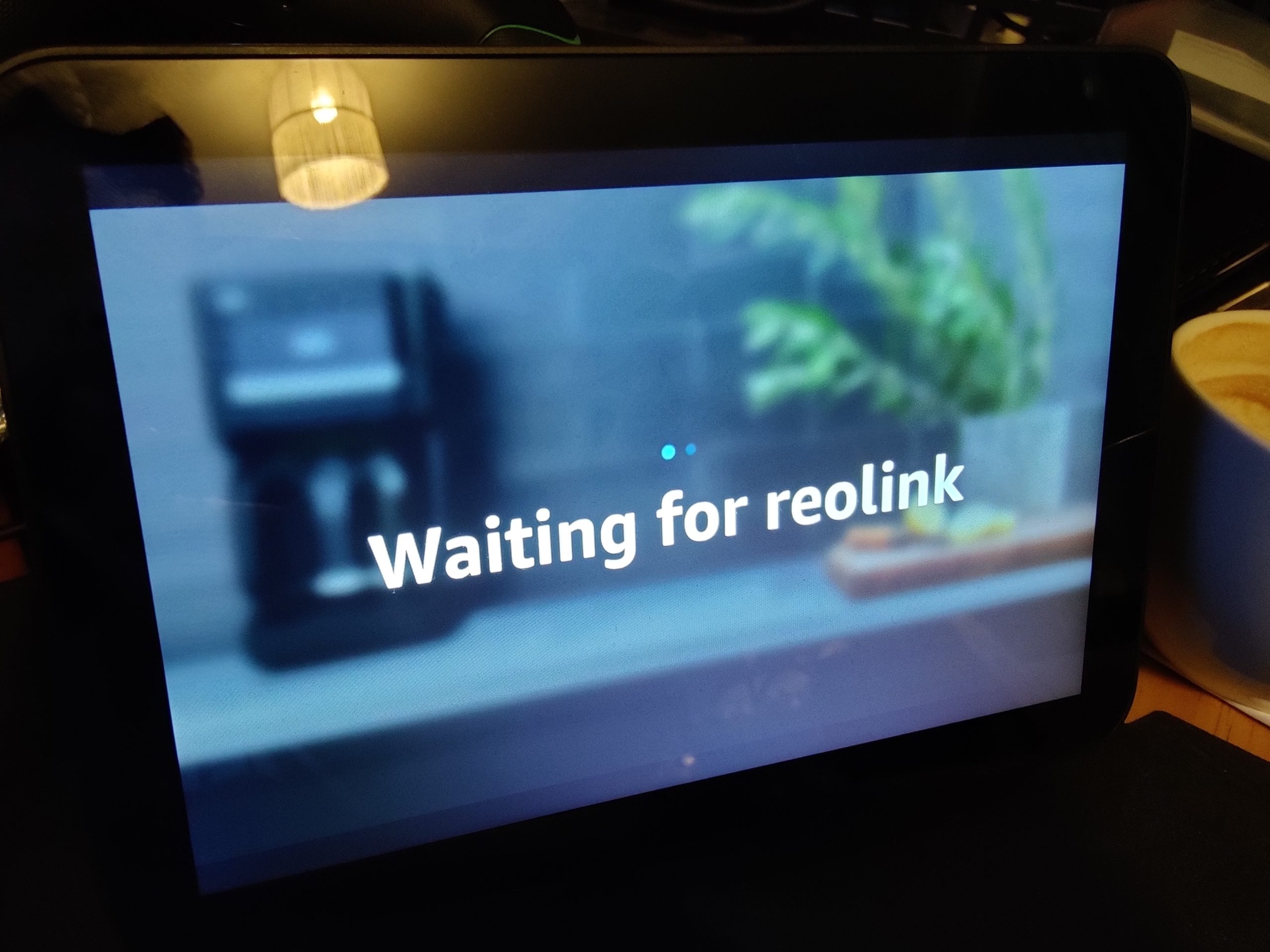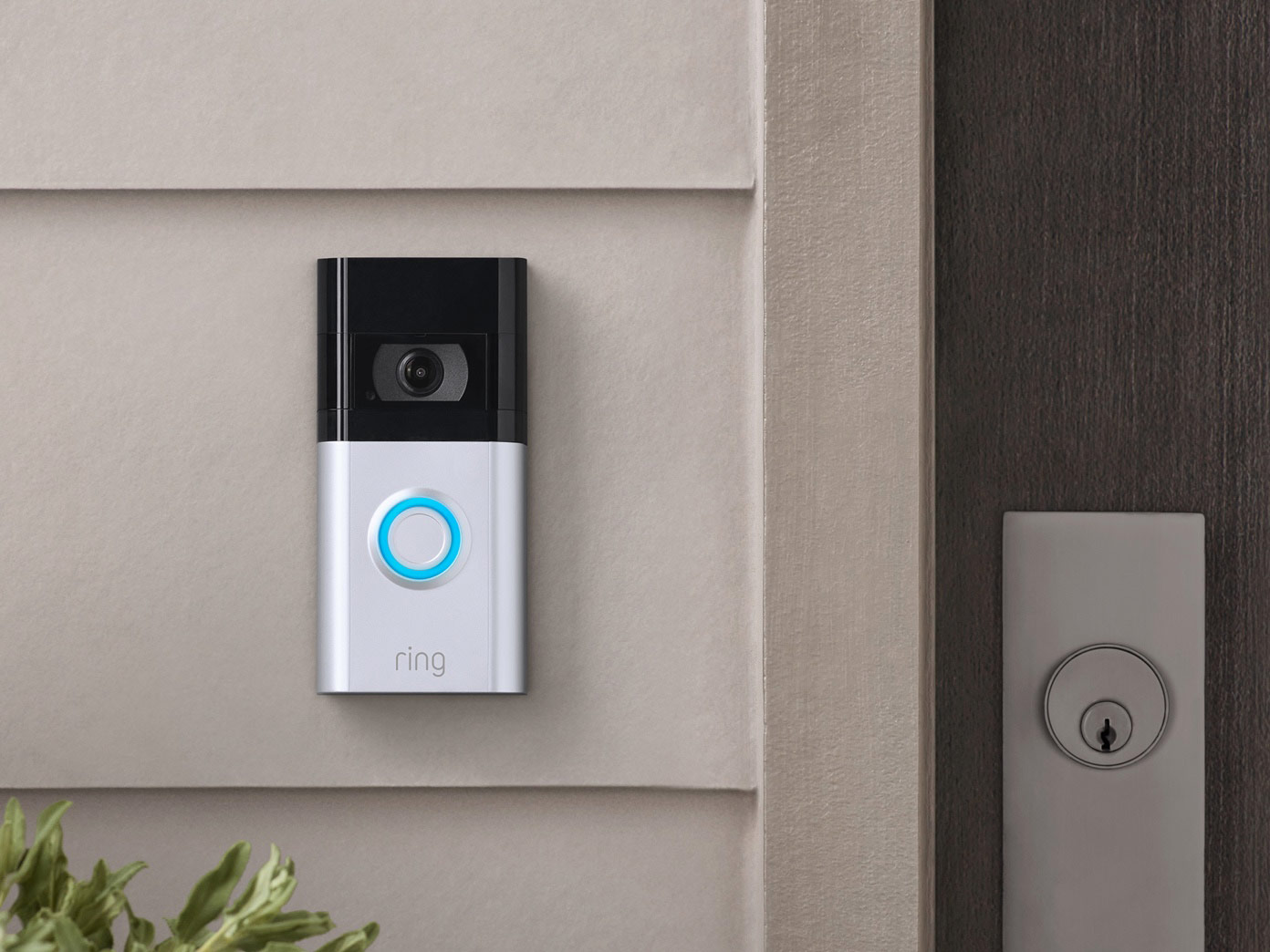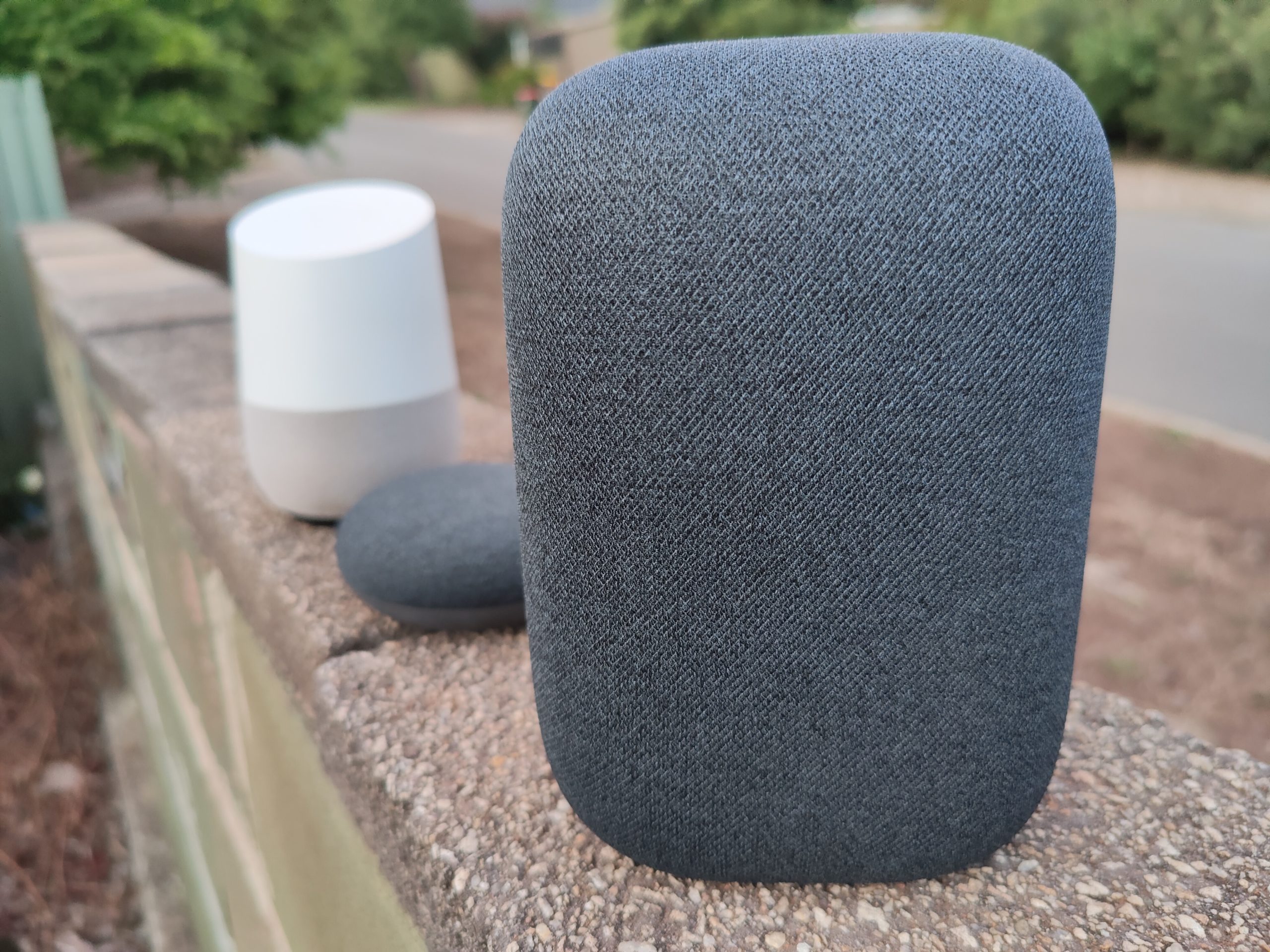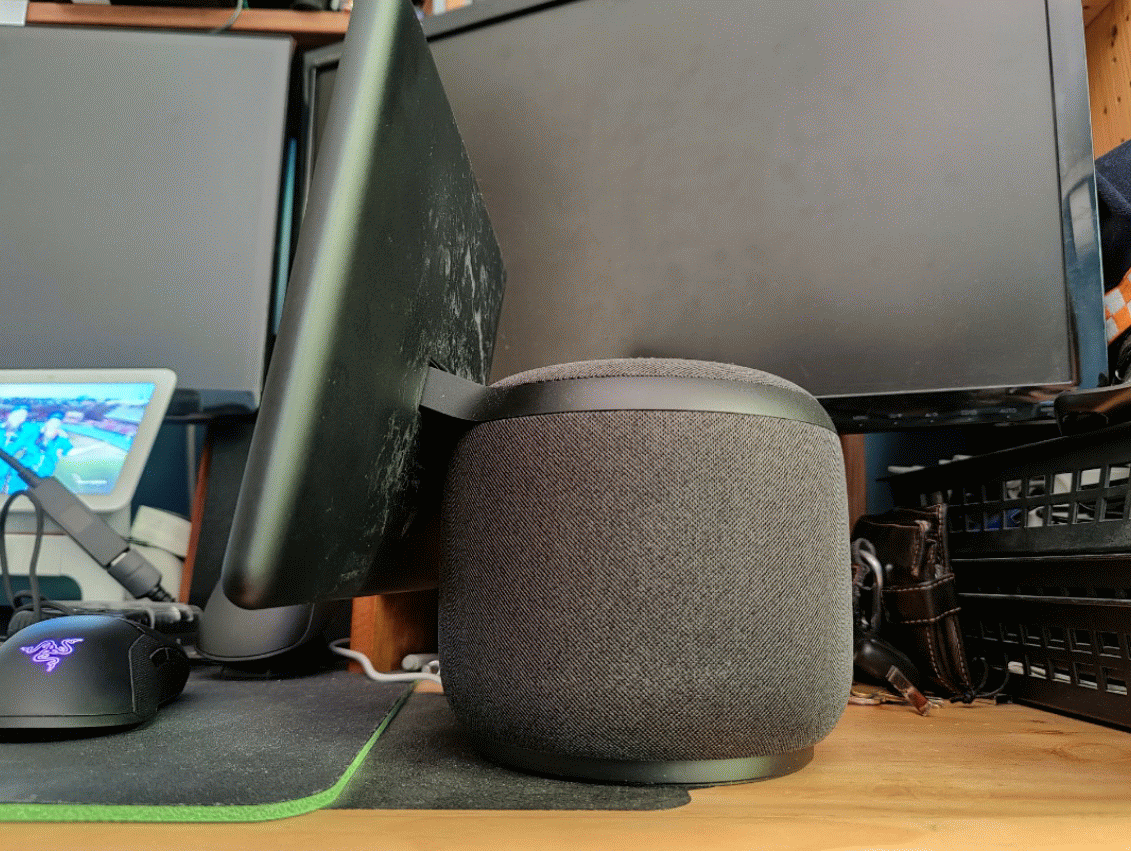It’s Week 3 of our smart assistant smackdown with us already exploring the state of play and daily use of the two assistants. This week we7 get into what is purported to be Alexa’s strength: Smart Home hardware and controls.
This is such a minefield for everyone, so much so that many have committed to a pathway and won’t buy hardware that doesn’t work. Some are happy to have a mix and match system (both Alexa and Assistant in the home) and others happy when gear works, but are just as happy when equipment needs to be controlled by a mobile app.
How do the contenders perform?
The short answer is generically they both work really well, but they both have problems. Interestingly for me, the issue with Google Assistant is that some hardware just isn’t compatible. While there is plenty to choose from, in the Australian market the larger portion of hardware that does in fact work is very “commercial” gear that you buy in retail chain stores. So 99% of the time it just works, the first time, it works well and exactly as you expect it to.
Alexa on the other hand has a monstrous variety of gear that has Alexa skills. But therein lies the problem, because creating Alexa Skills is — relatively — simple creating a significantly lower barrier to entry. And because the skills are developer delivered and maintained, if it’s broken there’s essentially no incentive to fix it.
In the case of this series of articles, I’ve invested a lot of time linking my home hardware to Alexa but there’s a couple of items that the skill just isn’t working. It’s frustrating and while I know it’s not anything to do with Amazon directly, it does have an effect on my user experience with the Alexa platform. I’ve also discovered that some skills won’t link via the mobile Alexa app, forcing you to use a PC browser to complete the account link to Alexa.
When it comes time for utilising the hardware in one way or another, provided they’re compatible — and don’t have a broken skill — I can’t really fault either Alexa or Assistant. They both have the capacity to turn on and off items, show or announce their current state and trigger routines or automation based on pre-defined triggers.
It may well be a user error: But I haven’t managed to find a way for Alexa to show me the Sensibo settings in degrees celsius instead of Farenheight which is very annoying!
IoT is necessary for any smart assistant
The reality is that if you’re looking at a smart assistant speaker for your home, you’re probably already at least partly invested in some form of hardware. In many cases, there is a mix and match of brands and hardware which can create a bit of an issue. The problem is that many of these pieces of hardware don’t necessarily play nice with one another or — as mentioned — some of the hubs.
Now, there are plenty of users who just want a Nest or Echo speaker for simple uses like streaming music. We explored that use case in week two of this series, with the Echo series of speakers coming out on top. But if you’re already invested in hardware, now trying to connect it all to a central hub instead of controlling it via your phone it may be a bit of a different experience.
Being already financially invested in the Google Assistant platform, it’s very difficult to justify trashing thousands of dollars of equipment for no massive gain. Functionality would essentially remain the same, just with a bit better experience and integration. The same could be said if you’ve got app-connected equipment in your home and you’re looking to add a smart assistant – It would be well worth spending some time researching your home equipment and any issues known with that and linking to either Google Assistant or Amazon Alexa. That could well be the guiding information as to which direction you go.
There are pieces of hardware that won’t work with one another and in my case, that’s my Ring doorbell. While I’m happy with the app and chime in my home to notify me of people at the door and, of course, you can use IFTTT to create other triggers within your home. What it boils down to though is that with Alexa telling me there’s someone at the door and — through a routine — automatically loading the video feed on my Echo show, I’m getting an even better experience.
If I was purely interested in basic home controls with equipment that just works, or I wasn’t prepared to compromise on changing away from YouTube Music — Spotify works best within the Alexa platform — with advert-free YouTube Red – I’d go with Google Assistant.
The battle sways back in favour of the Alexa platform again in some respects when you consider streaming music. When you put cost comparable devices side by side, the audio quality for music is noticeably better across the Echo range. While this isn’t an issue per se with Google Assistant, it’s most certainly a consideration.
So, in terms of Smart Home control who wins: Alexa or Assistant?
Both the Alexa and Assistant platforms have their faults with the competitor having integrations or functionality not available to the other. Even in my relatively short (about 4 weeks at this point) time with an Alexa home, although there’s a lot of compatible hardware that won’t work on Google Assistant: There’s a fairly substantial amount of skills that aren’t working or fully functional.
Google has features like Cast that make it a very attractive option, although simply having a Chromecast could be the point of difference here for streaming video. After all, nothing says you can’t have a bit of mix and match going on.
This somewhat pains me to say so, particularly given how harsh (I stand by previous comments though) I have been on Alexa in the past. But based on my experience with existing smart home equipment, I would say that if I was starting again from scratch — Stay tuned to the site for more on this… — I may well go with a set of Amazon Speakers to control my smart home.
The points that really make a difference for me right now are:
- Broad range of connectivity through skills
- The quality of sound from the hardware hardware
- The range of hardware with Alexa on it which is all controlled by Amazon
Right now, there’s no motivation for me to abandon the eight Google Assistant device that is already positioned around the home. Further to this, we have an Nvidia Shield that we can cast video to which (if we were looking for full integration) would need to be replaced and lose us functionality in our existing platform.









